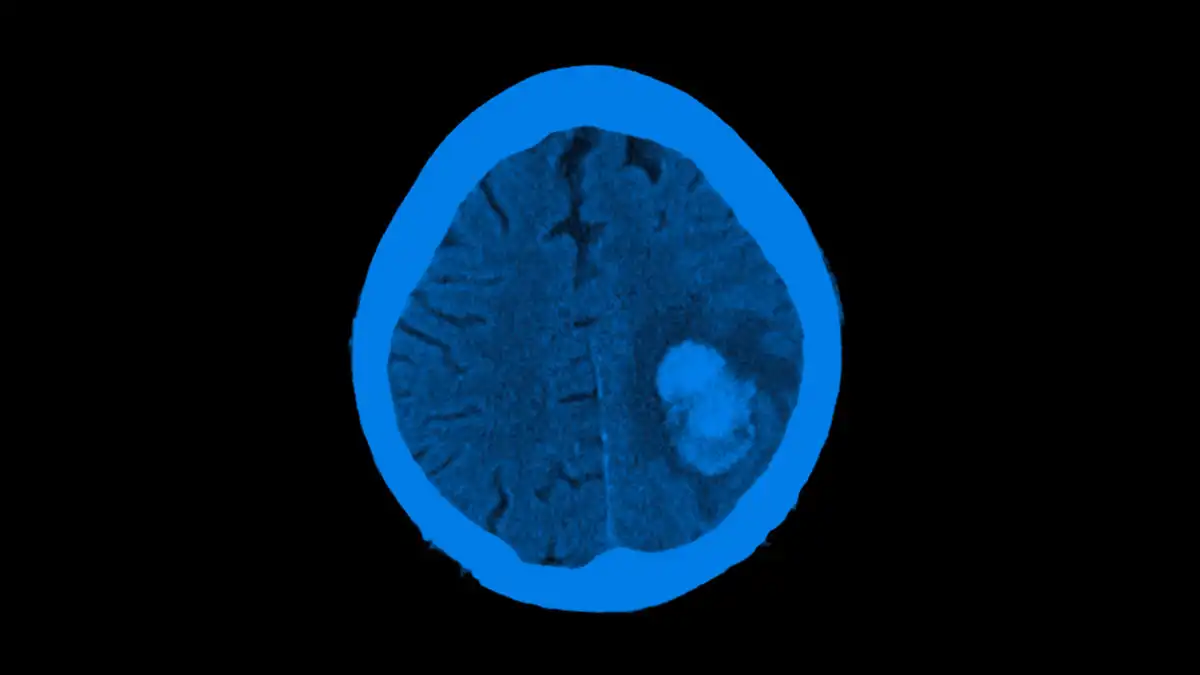
Viz™ AORTIC
A Review of Mature Machine Learning and Artificial Intelligence...
Background After years of both increasing enthusiasm and skepticism by surgeons and patients, the first artificial intelligence (AI) and machine...
May 05, 2023

Randomized controlled trials have demonstrated the importance of time to endovascular therapy (EVT) on clinical outcomes in large vessel occlusion (LVO) acute ischemic stroke. Delays to treatment are particularly prevalent when patients require a transfer from hospitals without EVT capability onsite. A novel computer aided triage system, Viz LVO, has the potential to streamline workflows. This platform includes an image viewer, communication system, and an artificial intelligence (AI) algorithm that automatically identifies suspected LVO strokes on CTA imaging and rapidly triggers alerts. We hypothesize that the Viz application will decrease time-to-treatment.
A prospective database was assessed for patients who presented to a stroke center utilizing Viz LVO in the Mount Sinai Health System in New York and underwent EVT following transfer for LVO stroke between July 2018 and March 2020. This time period was chosen due to the COVID-19 pandemic affecting stroke workflow after March 2020. Time intervals were compared for 55 patients divided into Pre- and Post-Viz cohorts.
The median initial door-to-neuroendovascular team (NT) notification time interval was significantly faster (25.0 minutes [IQR=12.0] vs 40.0 minutes [IQR=61.0]; p=0.01) with significantly less variation (p<0.05). The median initial door-to-skin puncture time interval was 25 minutes shorter in the Post-Viz cohort, although not statistically significant (p=0.15). Post Viz LVO implementation, the Viz notification was the first NT notification 38% (10/26) of the time.
Our preliminary results have shown that Viz LVO implementation is associated with earlier, more consistent NT notification times and potentially treatment times. This platform presents a novel application of AI that can serve as an early warning system and a failsafe to ensure that no LVO is left behind. Further studies are warranted.